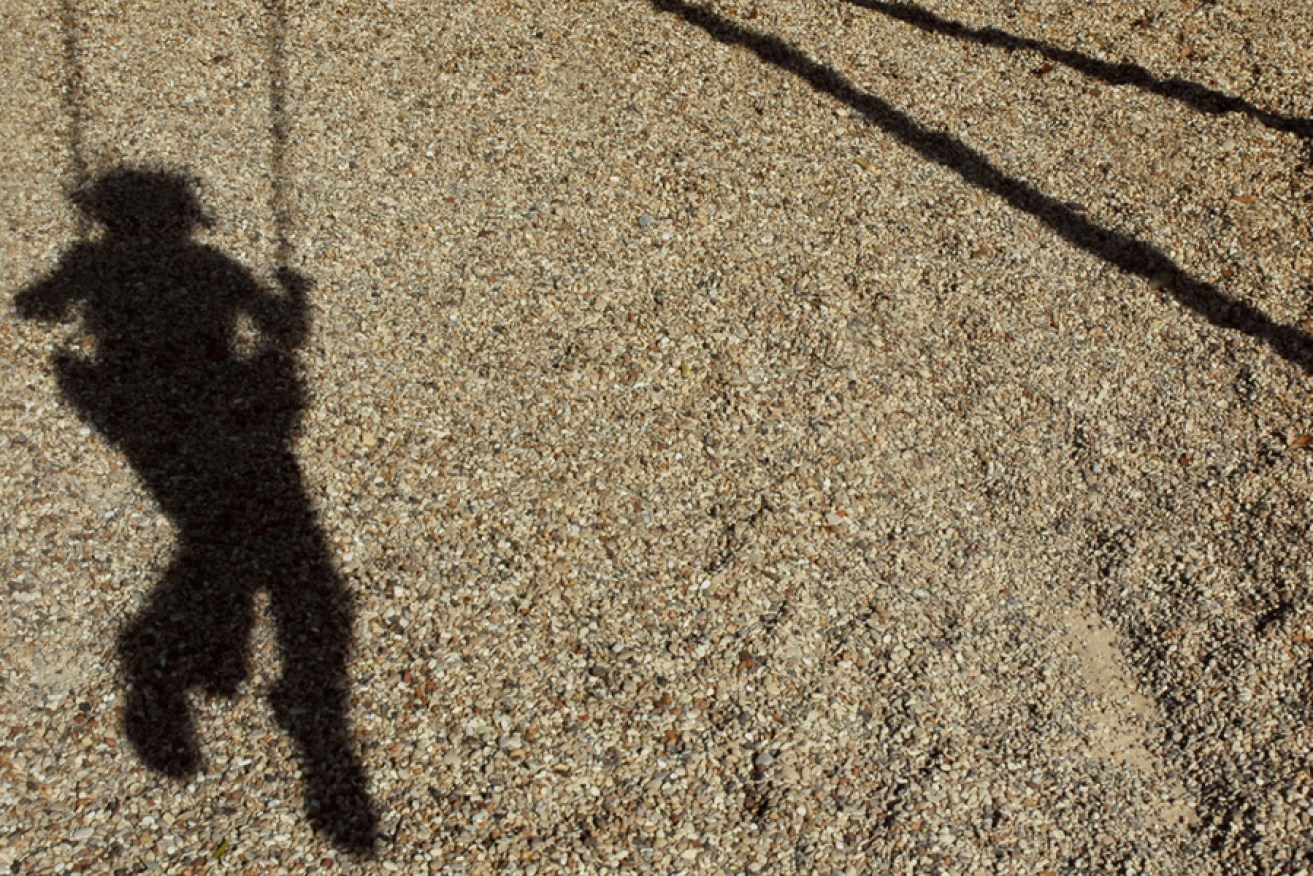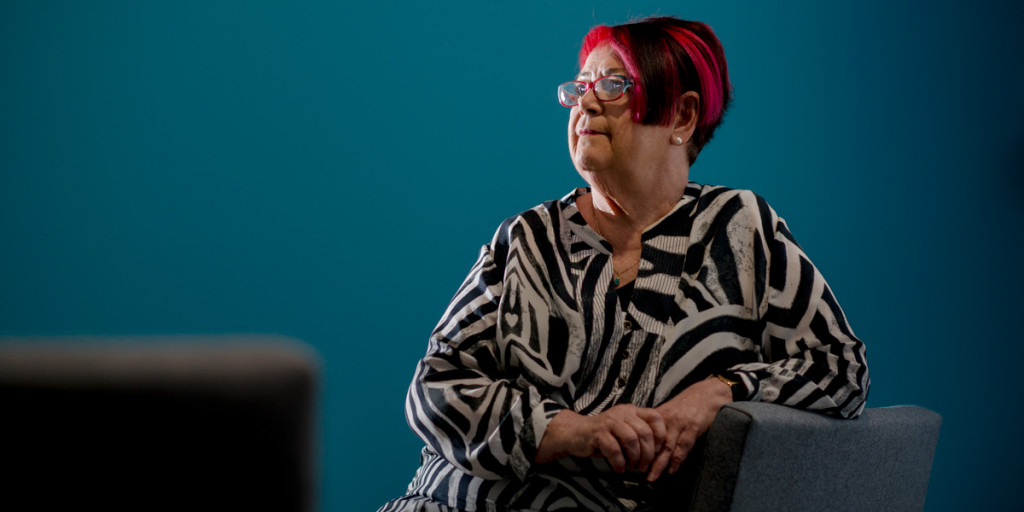Time for a big, bold, new approach to child protection
The Nyland Royal Commission falls short because it fails to seize the opportunity to redefine child protection as a rights issue – and a public health matter, writes Simon Schrapel.

Over the past two years South Australia has experienced arguably its most extensive and far reaching examination of how it responds to the protection of children and young people through the auspice of the Nyland Royal Commission.
It has produced an exhaustive report on the failings and problems associated with how the state and its institutions are performing in their duty to keep children safe. It is a damning report – probably as no surprise to those involved in the provision of child protection services or the community at large.
For all of its detailed and forensic critique of the current child protection system, it has fallen short in delivering the big and bold reform SA needs. This may seem an odd observation for a report stretching beyond 800 pages complete with 260 recommendations – many of which also contain several further sub-elements.
So what is missing?
The report provides compelling evidence about what is not working in our current child protection system and what could be done – using essentially the same framework for responding – to address these failings. Whilst these fixes may, if implemented, help to iron out many of the shortcomings and deficits in our systems and services they are unlikely to do much to turn around the underlying causes and drivers of child abuse and harm in our state.
Even if implemented in full, the recommendations will do little to improve how SA responds to children and young people experiencing harm, or at risk of it.
What does success look like?
This is not to suggest that some of the recommendations aren’t warranted or shouldn’t be implemented. However, before we jump into any widespread implementation plan we need to take a deep breath and consider whether it is time to create a whole new approach to the challenge. This would start with consideration of what it is we are wanting to achieve for children and young people and what system we should create that has the best chance of achieving this outcome. In essence – what does success look like?
We all, I suspect, want children and young people to grow up being safe, loved and nurtured. The question is: how we can best achieve this and what role do we and our various ‘institutions’ play in ensuring this outcome?
In answering this question it is instructive to begin with the experts – children and young people, our youngest citizens.
The overwhelming message echoed in the Royal Commission report and previous inquiries and studies is that children and young people by and large want to remain connected and living safely within their families.
This may seem almost too obvious a starting point but if it is our over-riding objective then we need to consider our next steps very carefully indeed. Before we jump into implementing a series of what might become very expensive and onerous fixes to our current child protection system, we need to establish a clear hierarchy of change driven by what will deliver the best pathway to achieving the high level objective of keeping children and young people living safely within their families and communities.
We are looking after more children and young people outside of their immediate family – or at least separated from their parents – than ever in recent history. Unfortunately, we also know that however diligent we are in enhancing these alternative care options for children many will be found wanting and fail to deliver the best outcomes or even safety for children. There is a risk in implementing the Royal Commission recommendations that we will drive increasing numbers of children and young people into out-of-home-care arrangements. We need the very best alternative care placements and experiences for children and young people unable to remain living safely at home.
But herein lies the rub.
Now is the time to make the big call and to be brave
What is it that we must prioritise in any reform of our ‘child protection’ response? Is it about tightening our workforce screening processes, our response times and notifications or the quality of our child protection workforce or stability in out of home care? They might all appear important and some might rightly argue we can have it all and also do something to prevent the escalation of family dysfunction and conflict that is driving the rising demand for statutory interventions.
Now is the time to make the big call and to be brave and to grasp with both hands the opportunity that the Nyland Royal Commission Report presents to use our collective wisdom to work together to find a better way.
Do we spend the next few weeks, months and years investing in changes to fix a failing child protection system?
Or do we fundamentally reconstruct the way we respond to keeping children safe by developing a new contemporary system which aims, first and foremost, to deliver on what SA children and young people are asking for – the opportunity to live safely with their families in their homes.
To achieve this objective does not mean ignoring the very real risk many children and young people are exposed to. It doesn’t mean taking an ‘overly optimistic’ approach to working with families and parents. Where tough decisions, including the removal of children from families where their safety is compromised are required, we must act decisively.
It does mean, though, that we should re-create an alternative approach that contains at its core a number of high priority elements. These elements can’t be a wishlist of nice-to-haves given consideration after having spent our energy and finite resources on repairing a dysfunctional system set up on the basis of historical but incorrect assumptions.
These are changes that must be given precedence in reform. They need to be our first-order changes.
Let’s respond to the violence, harm and neglect of children and young people as a rights issue – and a public health matter
The evidence of the current system being a failed experiment is in. Rather than patching it up, let’s respond to the violence, harm and neglect of children and young people as a rights issue and a public health matter. The public health approach is tried and tested in preventing and addressing disease. If it is good enough for the WHO, it should be good enough for SA.
…a world-class family support system that can respond to every family where children or young people are exposed to an unreasonable level of risk
The Royal Commission took two years and the response deserves due consideration. It is not a sprint; it is a marathon.
At the heart of this ‘new’ approach is a world-class family support system that can respond to every family where children or young people are exposed to a level of risk that our community believes is unreasonable. Such a system should be able to offer the best responses available to assist parents and extended families to fulfil their obligations to provide a safe and nurturing environment for children and young people.
Such a system will need to have a diversity of responses suitable to meeting different families’ experiences and circumstances and be made available for as long and intensively as required to ensure children and young people are cared for and safe.
To create such a service system requires a commitment by those currently involved in the lives of children and families – from health, early childhood, community service and related systems – to be open to taking on levels of responsibility and flexibility in their involvement with families previously not evident.
It will require a level of investment way beyond anything this state has ever contemplated if the ambition is to make available to every family requiring ‘support’ the tailored help needed. It is, however, not beyond our means to deliver on this ambition – if we truly have the courage and will to protect all children and young people in SA from harm.
That recommendations alluding to such reform received such limited exposure in the Royal Commission report should not detract from the need to place this change and concomitant investment at the core of any reform that the state should be implementing.
There are a variety of ways in which such a big reform could be enacted in SA. How the change needed to achieve such a fundamental shift in focus should be led and driven must be open to urgent debate amongst all of those with a stake in creating a proactive, responsive and child focussed service system.
So long as we shift responsibility to a single statutory agency the collective responsibility for keeping children and young people safe is lost
Ultimately the oversight of such a large and substantive reform could be led by a new standalone Child Protection agency as envisaged in the Royal Commission report. However to do so would require a higher level of engagement with all of those responsible for delivering on the ground, a comprehensive suite of services for children, young people and families.
If child protection is really everyone’s responsibility then all agencies and personnel responsible for assisting families and their children where risk of harm exists must be responsible for assessing risks and playing their part in enabling children and young people to remain living safely with their families. To this end a reconstructed child-focused reform response also requires these multiple stakeholders to play different roles in both assessment of risk and subsequent interventions. So long as we shift this responsibility to a single statutory agency the collective responsibility for keeping children and young people safe is lost.

Missed the mark? Justice Margaret Nyland.
It won’t matter how professional and effective such an agency becomes in its interventions; it is set to fail if it is left carrying the primary responsibility at the expense of others. We need to find a new way in which multiple agencies with responsibility for engaging children, young people and families join in the process of assessing the real risks children and young people are experiencing, and helping to determine the type and level of response required to give families and parents the best chance of keeping children and young people living safely at home. They need to play their part, in an ongoing way, in both supporting families, carers and parents and protecting children and young people from harm.
This will require a very different intake and assessment process not located or at least not seen as the sole responsibility of one agency – however well-resourced it might be.
It demands real and enduring partnership where multiple players share the responsibility to assess a report and to respond in ways that are truly about keeping children and young people safe.
Such a process may need to be coordinated by a primary agency – such as a new Child Protection agency. But it should be collaborative, engaging others – from NGOs, education, housing and health agencies – in jointly determining the best responses needed for children, young people and their families.
It’s a true partnership collaboration based on respect and collective values in which the responsibility is shared equally – as opposed to the two-tiered notification program recommended in the Royal Commission report.
It would be a radical redesign, but history has taught us that perceived changes to or tinkering at the edges of dysfunctional systems rarely, if ever, bring about the outcomes we demand of major reforms to truly grapple and fix ‘wicked’ problems.
Let’s be brave to think big and bold, and enact a level of change that will truly transform our service system response and pathways for children and young people in SA.
Simon Schrapel is chief executive of Uniting Communities.




